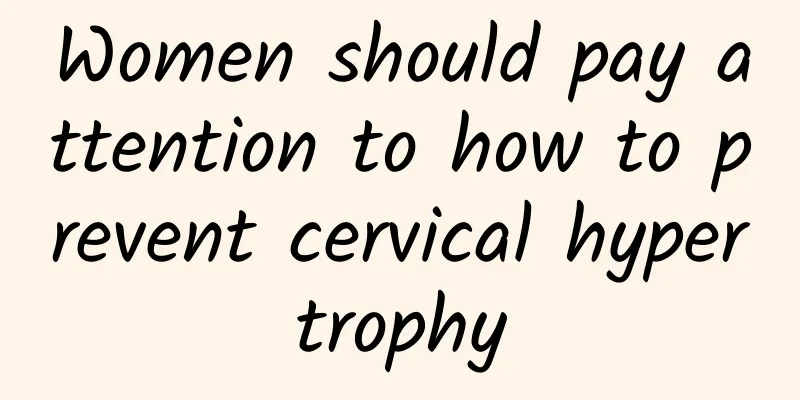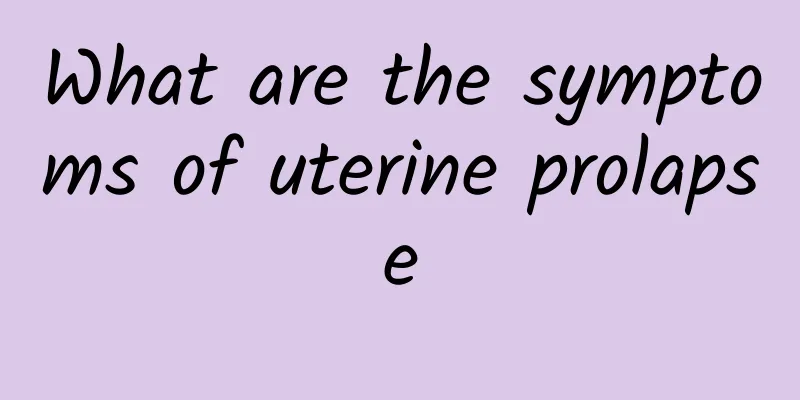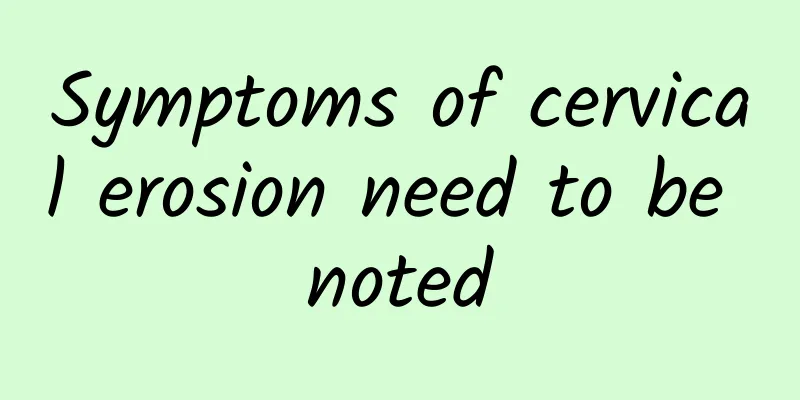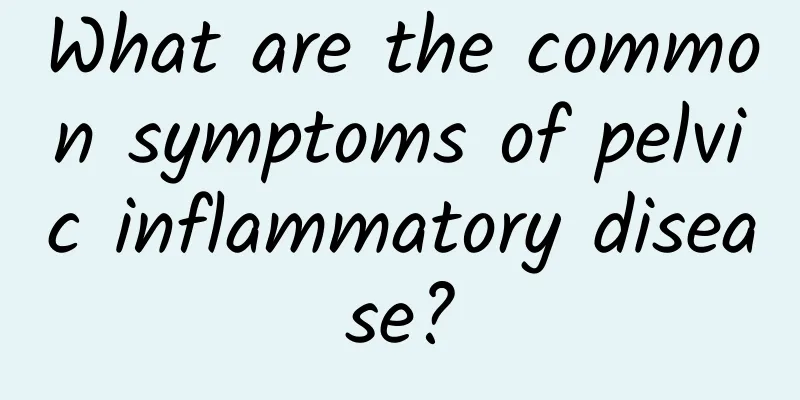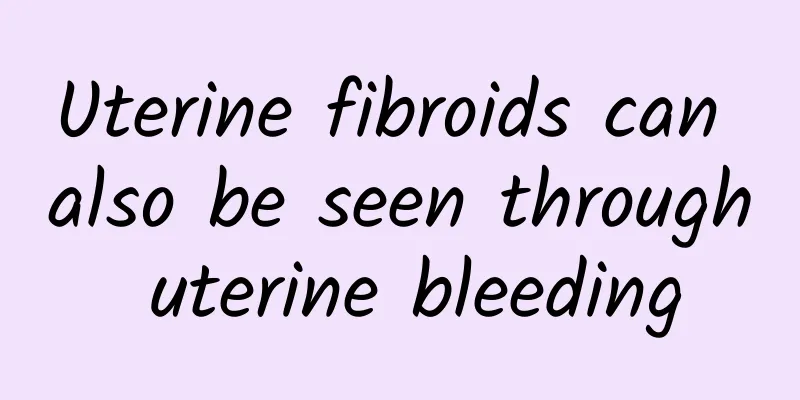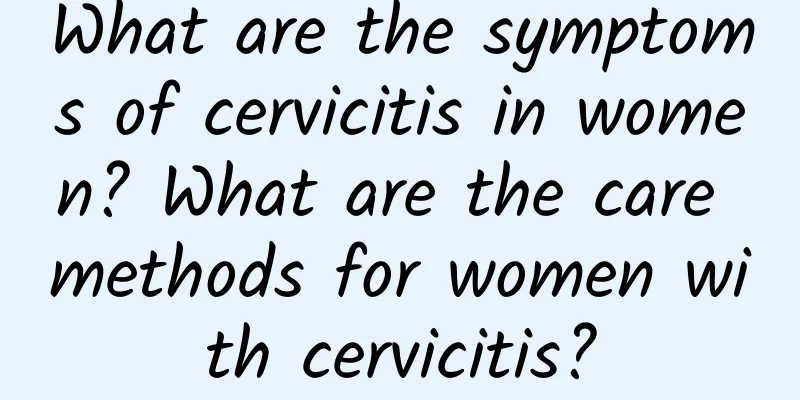Treatment of uterine adhesion after artificial abortion with traditional Chinese and western medicine
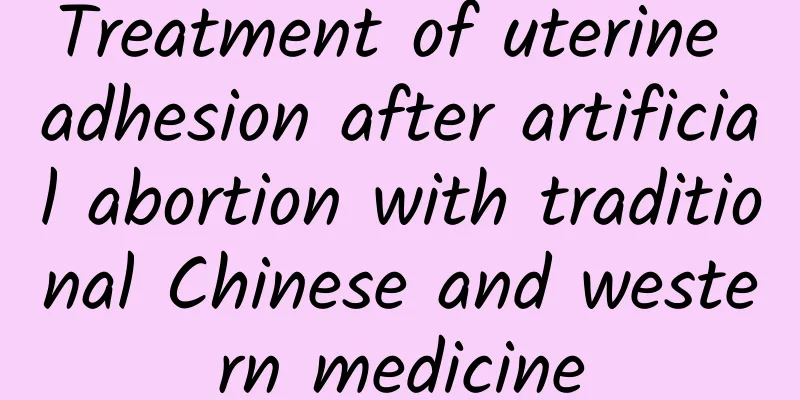
|
Abortion is very harmful to women and may cause various complications such as incomplete abortion, uterine perforation, abortion syndrome, adhesion of the uterine cavity or cervical os, etc. Because the uterine wall is soft during pregnancy, it is difficult to control the depth during curettage, or excessive scratching of the uterine cavity, excessive negative pressure during suction, and prolonged time can lead to postoperative uterine adhesions; at the same time, curettage during abortion is also one of the causes of cervical adhesions. If treatment is not timely, it can lead to amenorrhea, infertility, etc. in women. Therefore, early diagnosis and early treatment are very important. The main treatment methods include the following: 1. Western medicine treatmentFor those with adhesions at the cervical os, a probe can be used to penetrate the cervical canal, slowly separate the adhesions, and probe into the uterine cavity, and then a cervical dilator can be used for treatment; for those with intrauterine adhesions, a probe or dilator can be used to penetrate the uterine cavity and then swing horizontally left and right. After separating the intrauterine adhesions, an intrauterine device can be placed, and estrogen and progesterone can be given continuously to promote endometrial growth. 2. Traditional Chinese Medicine Treatment Blood stasis: After abortion, the patient will experience less menstrual volume, dark red color, thicker texture, accompanied by lower abdominal pain, heaviness and distension that refuses to be pressed. The tongue is dark purple, the coating is thin and white, and the pulse is stringy and astringent. Treatment method: Promote blood circulation and remove blood stasis, replenish qi and tonify kidney Prescription: modified Bushen Huayu Decoction. The ingredients include cooked rehmannia root, eucommia bark, white peony root, Achyranthes bidentata root, astragalus root, epimedium, angelica root, safflower, Millettia reticulata, Cistanche deserticola, Cibotium barometz, and costusroot. |
>>: What are the physical treatments for cervical erosion?
Recommend
What are the symptoms of pelvic inflammatory disease in the elderly?
Pelvic inflammatory disease is a very common gyne...
Patients with vulvar leukoplakia must pay attention to early care!
Everyone should know about diseases such as vulva...
Health care knowledge about uterine fibroids
The symptoms of uterine fibroids can be clinicall...
What is the cure rate of chocolate cysts? What are the methods for treating chocolate cysts?
What is the cure rate of chocolate cysts? What ar...
How to maintain the uterus after miscarriage? Do these 4 things
Although there are many contraceptive methods tha...
Do I need to treat cervical erosion? Common treatments for cervical erosion in women
Should I treat cervical erosion? The degree is no...
What are the nursing measures for ectopic pregnancy?
Many women have certain psychological fears after...
Can I still get pregnant if I have uterine fibroids?
Uterine fibroids are a common benign tumor in wom...
Daily care of vulvar leukoplakia
Vulvar leukoplakia is a common gynecological dise...
Is ultrasound examination necessary for pelvic inflammatory disease? Only for serious cases
Pelvic inflammatory disease can be treated with B...
What to do with uterine polyps in adenomyosis
Generally, uterine polyps caused by adenomyosis a...
How to treat cervical warts in the early stage?
Do you know what treatment technologies are avail...
Can Chinese medicine treat amenorrhea?
Traditional Chinese medicine can regulate amenorr...
What should I do if my menstruation is irregular after having an IUD inserted?
What should I do if my menstruation is irregular ...
What should you pay attention to in your diet for bacterial vaginosis?
Bacterial vaginosis is one of the most common gyn...
